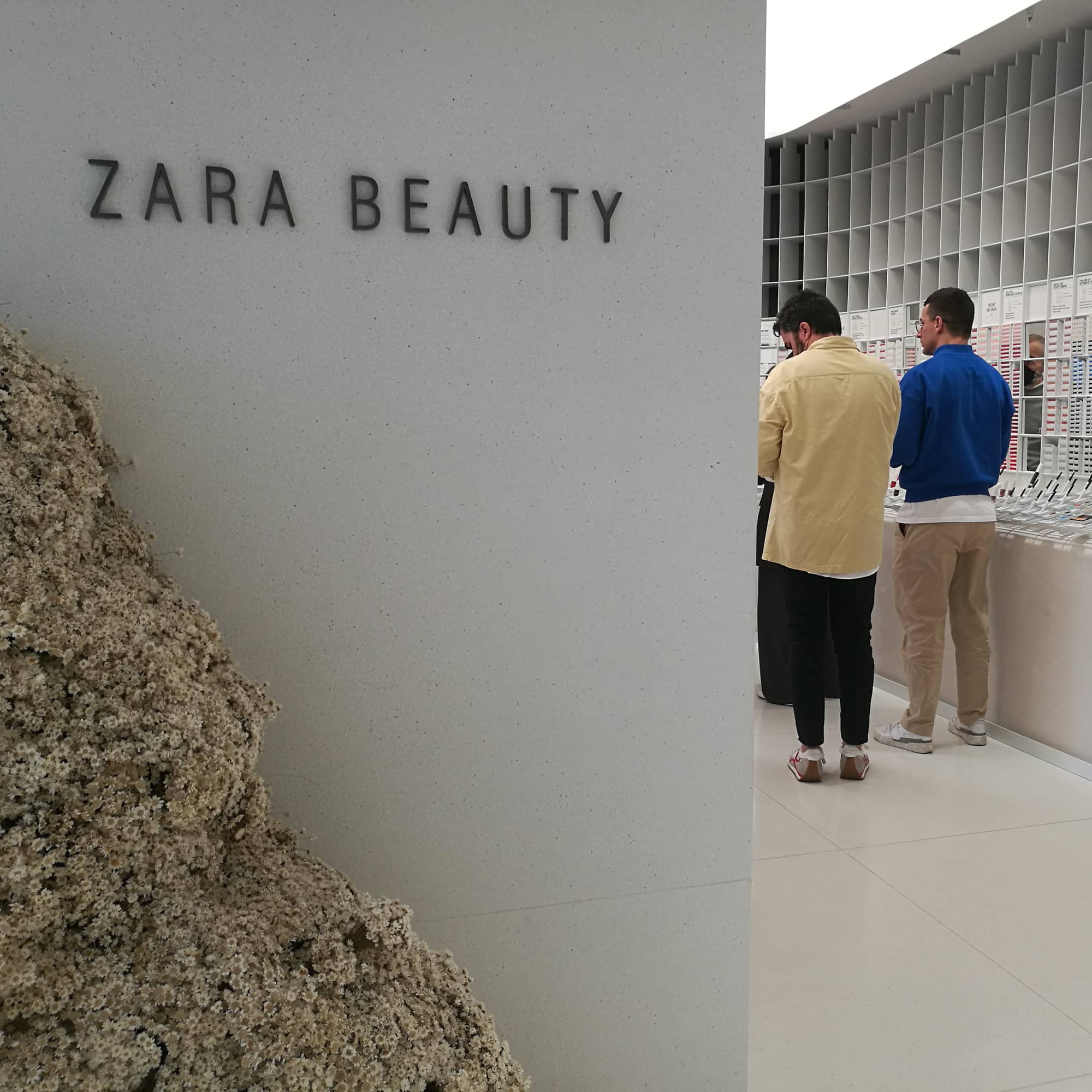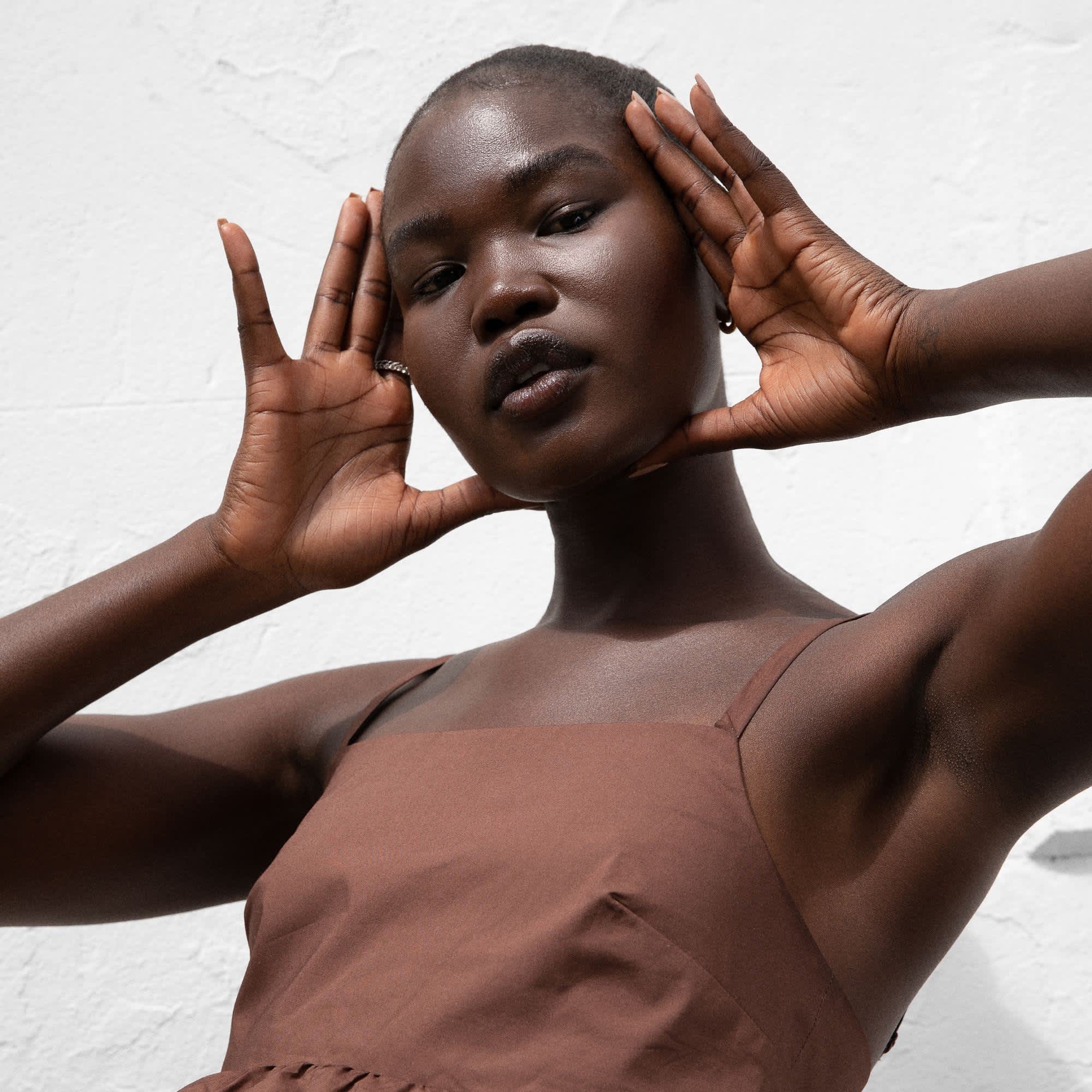
- POPSUGAR Australia
- Beauty
- Beauty Is a Lucrative Market – No Wonder Fashion Brands Want In
Beauty Is a Lucrative Market – No Wonder Fashion Brands Want In

In 2022 so far, there are approximately 114,841 beauty brands in the US alone; last year, it was reported the market generated around $511 billion in revenue. With those figures in mind, it’s no surprise that celebrities, influencers, and dermatologists alike want a piece of the pie. However, in recent years, we’ve seen an uptick in another type of beauty brand creators: fashion labels.
Fashion brands expanding into beauty with their own lines of cosmetics and perfumes isn’t a new concept. For example, luxury fashion houses like Valentino, Giorgio Armani, and Saint Laurent have also carried beauty for decades (since the ’60s and ’70s in these cases, to be exact). “Brands are always looking for ways to better serve their customer,” Jenna Jackson, principal of growth at CAVU Venture Partners, tells POPSUGAR.
Still, beginning in the early aughts, there have been more fast-fashion brands following the trend. In 2009, Forever 21 launched its makeup line; Topshop followed suit shortly after that year, as did Primark with its own beauty line. In 2015, H&M Beauty launched; in 2017, Boohoo created Boohoo Beauty; then we were shocked when Zara announced news of its very own makeup line in 2021. This is by no means an exhaustive list, but the point stands.
From a business perspective, the motivation behind brands taking this next step into the beauty space makes perfect sense. “Beauty products tend to have high margins and high repeat rates,” Jackson says. “Beauty products are also not trend-driven and not usually subject to the mark-down pressures of apparel due to seasonality or trend.”
Related: Issey Miyake’s L’Eau d’Issey Was the First “Transparent” Fragrance
Though it’s too early to tell, the COVID-19 pandemic may have also strengthened the interest in branching out to beauty. “These apparel brands got disrupted by the lockdowns more markedly while watching their beauty counterparts see resiliency and, in some cases like with skin care, growth,” Jackson says. “That certainly led to some level of desire to diversify their product offerings while also being motivated to continue to satisfy the customer’s desires and needs.”
With skincare, makeup, or perfumes within their walls, fashion retailers increase their chances of becoming a one-stop shop for consumers, which equals even more revenue for them. But in an already overcompetitive, oversaturated market, are these fast-fashion brands positioned to be successful?
Related: Want to Smell Like Rihanna, Harry Styles, or Adele? Here are the Perfumes Celebs Actually Wear
“There tends to be some bias that beauty is ‘easy’ because of the high margins and, for fashion brands, the low inventory purchasing because you don’t have to deal with sizing,” Jackson says. “Fashion brands have to consistently come up with new innovations, new product launches, and drops, while beauty can have a much slower development calendar. That being said, beauty is a very hard business.”
“Fashion brands have to consistently come up with new innovations, new product launches, and drops, while beauty can have a much slower development calendar.”
Another factor to consider: just because someone likes a brand for its clothing doesn’t guarantee they’ll like its beauty offerings. “There is a big difference in the consumer’s mind when buying a Zara dress to wear out tonight than deciding if a certain product is something she is willing to put on her face every day. The customer has a lot of choices when it comes to beauty and is looking for high-quality products,” Jackson says.
Only time will tell if these fashion brands are successful in their expansion into beauty, but if they are, it’s sure to be a lucrative move. The beauty industry is projected to make $784.6 billion in revenue in 2025, and it’s only likely to grow from there. According to Jackson, “Making an exceptional product that really speaks to what the consumer is looking for and has a deep reason to exist is the best way to survive in today’s climate.”


